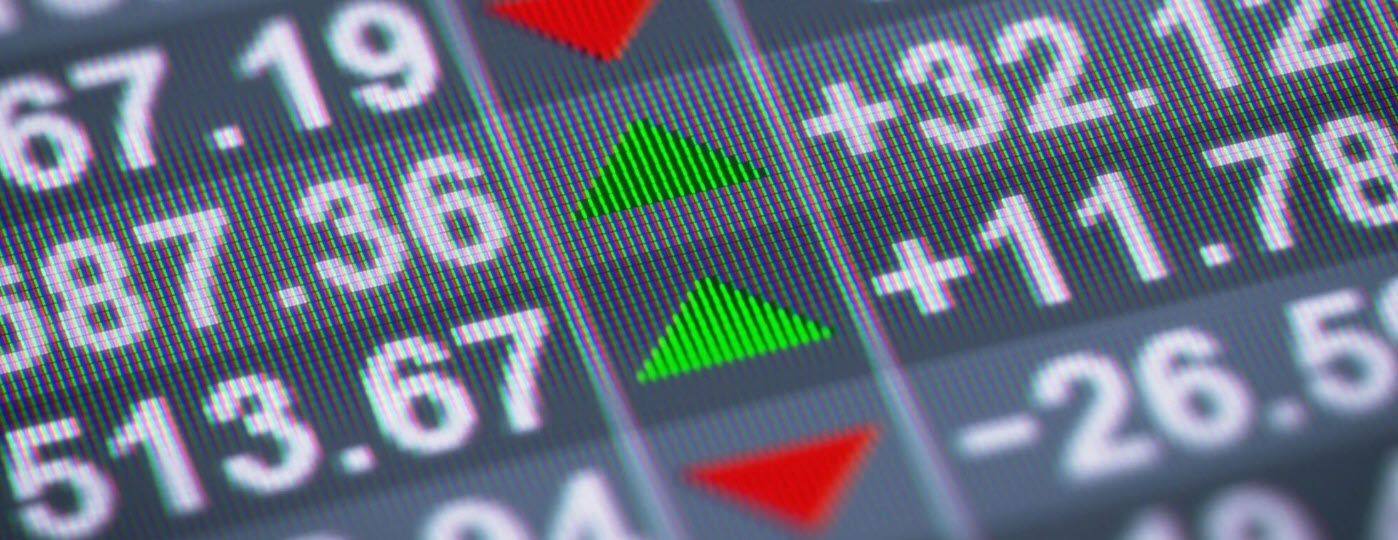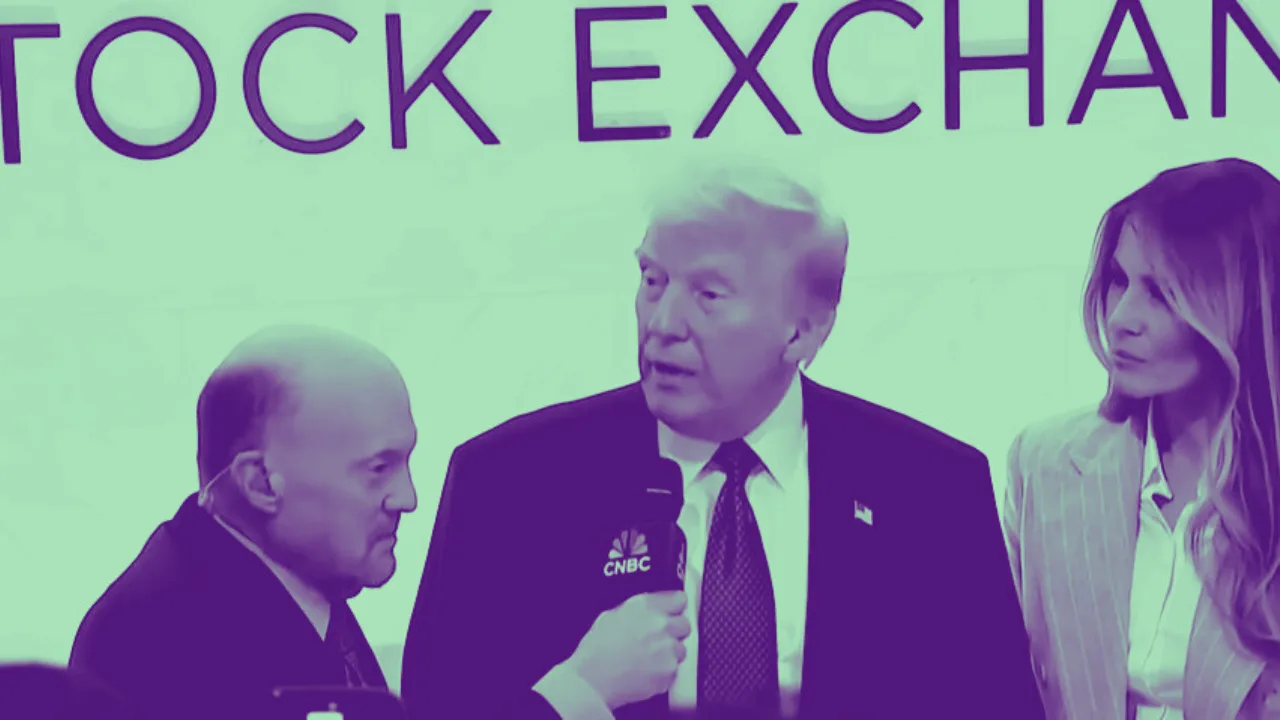Tesla’s Full Self-Driving (FSD) feature is once again under scrutiny as the National Highway Traffic Safety Administration (NHTSA) has launched a fresh investigation following a fatal collision involving a Tesla vehicle. With over 2.4 million vehicles potentially impacted by the probe, the investigation focuses on whether Tesla’s Full Self-Driving technology poses safety risks on public roads. As Tesla pushes the boundaries of autonomous driving, this investigation raises critical questions about the safety and future of FSD.
The NHTSA Investigation: What You Need to Know
The NHTSA’s probe centers on several Tesla vehicles equipped with Full Self-Driving (FSD) technology that were involved in serious collisions. According to the NHTSA’s statement, the investigation seeks to determine whether Tesla’s FSD system may have played a role in causing these accidents, with particular attention on driver inattention, system malfunction, or software defects.
The most significant case involved a fatal crash that occurred earlier this year, which has raised alarms about the readiness of autonomous technology for mass adoption. While Tesla has promoted FSD as an advanced driver-assist feature, the NHTSA’s inquiry suggests that critical safety concerns remain .
Tesla’s Full Self-Driving: A Revolutionary Technology?
Tesla’s FSD is marketed as a pioneering leap towards full autonomy, allowing vehicles to navigate city streets, highways, and complex intersections without human intervention. However, Tesla emphasizes that the feature is still in beta mode and requires drivers to maintain full attention on the road at all times. Despite the technology’s promise, critics argue that over-reliance on FSD could lead to dangerous situations if drivers misunderstand the system’s limitations.
Elon Musk, Tesla’s CEO, has often touted FSD as the future of transportation, where fully autonomous vehicles will reduce road fatalities and revolutionize mobility. Yet, the NHTSA investigation casts doubt on whether this technology is safe enough for widespread use in its current form. The government’s probe could lead to recalls, software updates, or even tighter regulations on how such systems can be deployed .
A Growing Concern: Full Self-Driving Related Accidents
This isn’t the first time Tesla has faced federal scrutiny over its FSD system. In recent years, there have been multiple reports of accidents involving Tesla vehicles operating under Autopilot or FSD. While some of these incidents have been attributed to driver error, others raise concerns about the technology itself. The NHTSA is tasked with determining whether the FSD system accurately detects and reacts to hazards, pedestrians, and other vehicles.
One of the central concerns in the current investigation is whether Tesla’s FSD encourages driver complacency. A vehicle’s automation can lead to over-reliance, where drivers pay less attention to the road, mistakenly believing the car will handle all situations. This complacency could be catastrophic in scenarios where human intervention is crucial .
What Happens Next?
The NHTSA’s investigation is still in its early stages, but its outcome could have significant consequences for Tesla. If the investigation finds that FSD poses a safety risk, Tesla may face fines, vehicle recalls, or stricter regulation on the deployment of autonomous technologies. This could also have far-reaching effects on the broader self-driving vehicle industry, as competitors like Waymo and Cruise push their own autonomous solutions to market.
Tesla has not yet publicly responded to the new probe, but it has historically defended its autonomous systems by highlighting the billions of miles driven with its Autopilot and FSD features. Tesla claims that its systems reduce accidents and that the data supports the safety of these technologies.
What Should Tesla Drivers Do?
If you own a Tesla equipped with Full Self-Driving, it’s essential to remain vigilant while using the system. Tesla instructs drivers to keep their hands on the wheel and their eyes on the road, even while FSD is engaged. It’s crucial not to become complacent and over-rely on the system, as it may not handle every driving scenario perfectly.
Conclusion: The Future of Self-Driving Technology
The NHTSA’s investigation into Tesla’s Full Self-Driving technology underscores the challenges and potential dangers of autonomous driving systems. While the technology promises a future of safer, more efficient roads, it also introduces new risks that regulators and manufacturers must address. As this probe unfolds, both Tesla and the broader automotive industry will be watching closely, as the outcome could shape the future of self-driving vehicles.
For more details on the NHTSA’s ongoing investigation, check out the latest coverage from CNBC, CNN, and Reuters.





